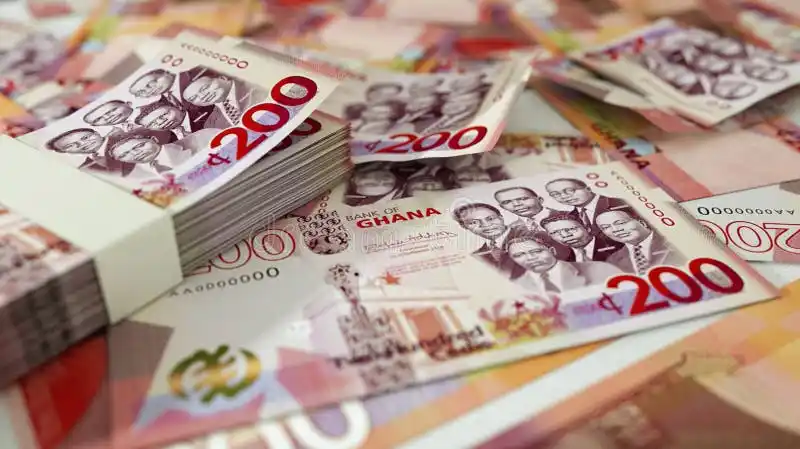October 17: Cedi Trades at GHS12/$ on Forex Market, GHS10.71/$ on Interbank Market

October 17: Cedi Trades at GHS12/$ on Forex Market, GHS10.71/$ on Interbank Market
The Ghanaian cedi today opened with a pronounced divergence between the forex and interbank markets. In the retail foreign exchange market, the cedi is being quoted at GHS12.00 per US dollar, while in the interbank segment it trades significantly stronger at GHS10.71 per dollar.
This dual‑rate phenomenon reflects persistent pressures in Ghana’s external accounts and underscores the challenge of aligning policy‑driven rates with market realities.
What’s Driving the Gap?
-
Liquidity Constraints and Dollar Demand
Commercial banks and forex bureaus face tight dollar liquidity. With importers competing for scarce U.S. dollars, the retail or forex market tends to absorb most of the pressure—pushing rates higher. Meanwhile, the interbank market, operating among financial institutions with somewhat better access to supply, shows less strain. -
Central Bank Interventions
The Bank of Ghana has historically stepped in with forex interventions to calm volatility, often prioritizing interbank market stabilization ahead of retail markets. Such interventions help prevent runaway depreciation in the interbank space, even if the broader market continues to feel the strain. -
Market Segmentation
Differences in transparency, trading volume, and counterparty risk contribute to segmentation. The interbank market often reflects more disciplined, negotiated pricing among banks, whereas the forex market is more reactive to demand imbalances from retail clients, importers, and individuals. -
Macro Stability and Inflation Trends
Ghana’s recent decline in inflation and the central bank’s easing of monetary policy reflect an effort to support economic recovery while maintaining currency stability. These moves are intended to bolster confidence and reduce tension in forex markets.
Implications & Outlook
-
Cost Pressure for Consumers and Businesses
For importers and individuals who rely on dollar‑denominated goods or services—from raw materials to digital subscriptions—the GHS12.00 rate at forex bureaus imposes higher costs than what interbank rates might suggest. This divergence widens the margin of transaction cost. -
Risk of Sustained Divergence
If the gap remains unaddressed, it may worsen distortions—encouraging informal market activity, promoting arbitrage, and inhibiting capital inflows. -
Policy Balancing Act Ahead
The Bank of Ghana faces a delicate challenge: preserving interbank stability while gradually nudging retail rates toward convergence. Aligning the two will require consistent forex inflows, prudent monetary policy, and possibly structural reforms to reduce reliance on imported goods. -
Market Expectations
Some analysts expect the interbank rate to gradually converge toward more realistic market levels in the coming months. Whether that happens will depend largely on Ghana’s ability to boost foreign reserves, attract capital, and sustain macroeconomic stability.


